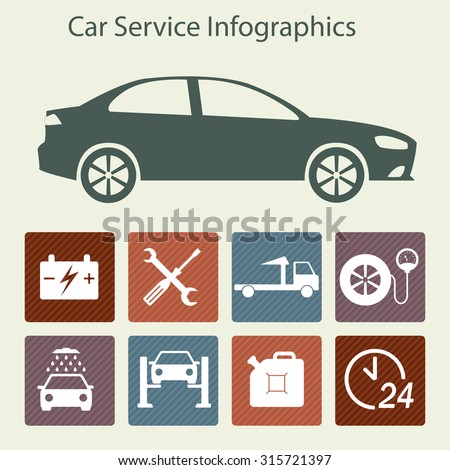Decoding Your Automobile'S Warning Indicators: What They Really Signify
Decoding Your Automobile'S Warning Indicators: What They Really Signify
Blog Article
Short Article Author-Vinson Stark
When you lag the wheel, those radiant warning lights on your dashboard can be a little bit puzzling. Do you know what they're trying to inform you regarding your auto's health and wellness? Understanding the relevance of these lights is essential for your safety and the durability of your automobile. So, the following time one of those lights turns up, would not you wish to analyze its message properly and take the necessary actions to resolve it?
Common Caution Lighting and Interpretations
Determine usual warning lights in your auto and recognize their definitions to guarantee secure driving.
The most normal caution lights include the check engine light, which indicates issues with the engine or discharges system. If this light begins, it's essential to have your automobile checked without delay.
The oil pressure cautioning light indicates reduced oil pressure, needing immediate attention to avoid engine damages.
A flashing battery light might suggest a faulty billing system, possibly leaving you stranded otherwise attended to.
The tire pressure monitoring system (TPMS) light signals you to low tire pressure, impacting automobile security and fuel efficiency. Disregarding this can lead to dangerous driving conditions.
The abdominal muscle light indicates a problem with the anti-lock braking system, jeopardizing your capability to quit swiftly in emergencies.
Finally, the coolant temperature alerting light warns of engine overheating, which can lead to serious damage if not resolved swiftly.
Comprehending these usual warning lights will aid you resolve issues without delay and keep secure driving conditions.
Significance of Prompt Interest
Understanding the usual warning lights in your automobile is just the initial step; the value of immediately dealing with these cautions can not be emphasized enough to ensure your security on the road.
When a caution light illuminates on your dashboard, it's your automobile's means of interacting a prospective concern that requires focus. Ignoring these cautions can result in extra severe problems in the future, jeopardizing your security and potentially costing you a lot more in repairs.
Trigger attention to alerting lights can protect against malfunctions and accidents. For instance, a blinking check engine light might show a misfire that, if left ignored, could create damage to the catalytic converter. Resolving this without delay can save you from a costly repair service.
Similarly, a brake system alerting light may signal low brake liquid or used brake pads, important elements for your safety and security when driving.
DIY Troubleshooting Tips
If you notice a caution light on your control panel, there are a couple of DIY troubleshooting ideas you can try before seeking expert assistance.
industrial car wash is to consult your vehicle's handbook to understand what the particular warning light suggests. Occasionally visit the following web site can be as straightforward as a loosened gas cap triggering the check engine light. Tightening up the gas cap might deal with the problem.
One more common concern is a low battery, which can set off numerous advising lights. Examining the battery connections for rust and ensuring they're safe may repair the trouble.
If a caution light continues, you can attempt resetting it by separating the car's battery for a couple of mins and afterwards reconnecting it. Furthermore, examining your car's fluid degrees, such as oil, coolant, and brake liquid, can assist fix cautioning lights associated with these systems.
Conclusion
To conclude, recognizing your cars and truck's caution lights is essential for maintaining your automobile running efficiently and securely. By quickly resolving these notifies and recognizing what they mean, you can prevent pricey repairs and possible failures.
Remember to consult car restoration for specific details on each advising light and do something about it as necessary to ensure a hassle-free driving experience.
Keep notified, remain risk-free on the road!
